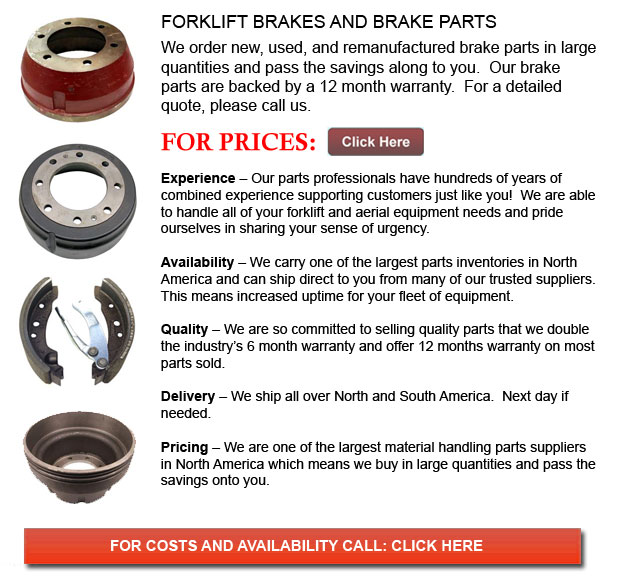
Forklift Brake - A brake in which the friction is provided by a set of brake pads or brake shoes which press against a rotating drum shaped unit referred to as a brake drum. There are a few specific differences between brake drum kinds. A "brake drum" is usually the explanation given when shoes press on the inner exterior of the drum. A "clasp brake" is the term used in order to describe if shoes press against the outside of the drum. Another type of brake, known as a "band brake" uses a flexible band or belt to wrap around the exterior of the drum. Where the drum is pinched in between two shoes, it can be referred to as a "pinch brake drum." Similar to a conventional disc brake, these kinds of brakes are quite uncommon.
Previous to nineteen ninety five, old brake drums required constant modification regularly to be able to compensate for shoe and drum wear. Long brake pedal or "Low pedal" travel is the dangerous outcome if adjustments are not done sufficiently. The vehicle could become hazardous and the brakes can become ineffective if low pedal is combined together with brake fade.
There are various Self Adjusting Brake Systems presented, and they can be categorized within two major types, RAI and RAD. RAI systems have inbuilt devices which avoid the systems to be able to recover when the brake is overheating. The most recognized RAI manufacturers are Lucas, Bosch, AP and Bendix. The most well-known RAD systems consist of AP, Bendix, Ford recovery systems and Volkswagen, VAG.
Self-repositioning brakes normally make use of a device that engages just when the vehicle is being stopped from reverse motion. This stopping technique is satisfactory for use where all wheels make use of brake drums. Most vehicles today utilize disc brakes on the front wheels. By operating only in reverse it is less possible that the brakes would be adjusted while hot and the brake drums are expanded. If adjusted while hot, "dragging brakes" could take place, which increases fuel intake and accelerates wear. A ratchet device which becomes engaged as the hand brake is set is another way the self adjusting brakes can function. This means is only suitable in applications where rear brake drums are utilized. If the emergency or parking brake actuator lever goes beyond a certain amount of travel, the ratchet advances an adjuster screw and the brake shoes move toward the drum.
There is a manual adjustment knob situated at the bottom of the drum. It is usually adjusted through a hole on the other side of the wheel and this requires going beneath the forklift using a flathead screwdriver. It is of utmost significance to be able to move the click wheel correctly and adjust each and every wheel evenly. If uneven adjustment occurs, the vehicle may pull to one side during heavy braking. The most efficient method to make sure this tiresome task is done carefully is to either lift every wheel off the ground and spin it by hand while measuring how much force it takes and feeling if the shoes are dragging, or give each one the exact amount of manual clicks and then perform a road test.
![]() Click to Download the pdf
Click to Download the pdf
Forklift Parts
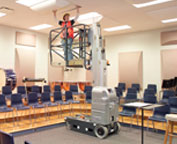
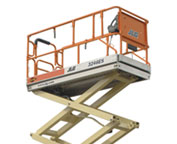
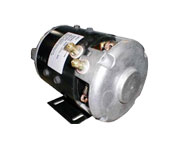
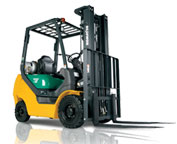
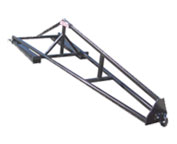
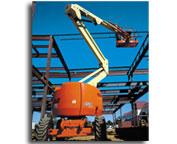
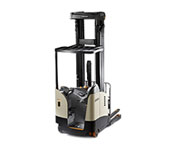
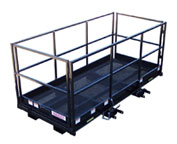
Lift Parts Express
TOLL FREE: 1-888-695-7994
LOCAL: 503-512-6230
2870 NE HOGAN RD E-445
Gresham, Oregon
forkliftpartsgresham.com
Email Us
About Us


